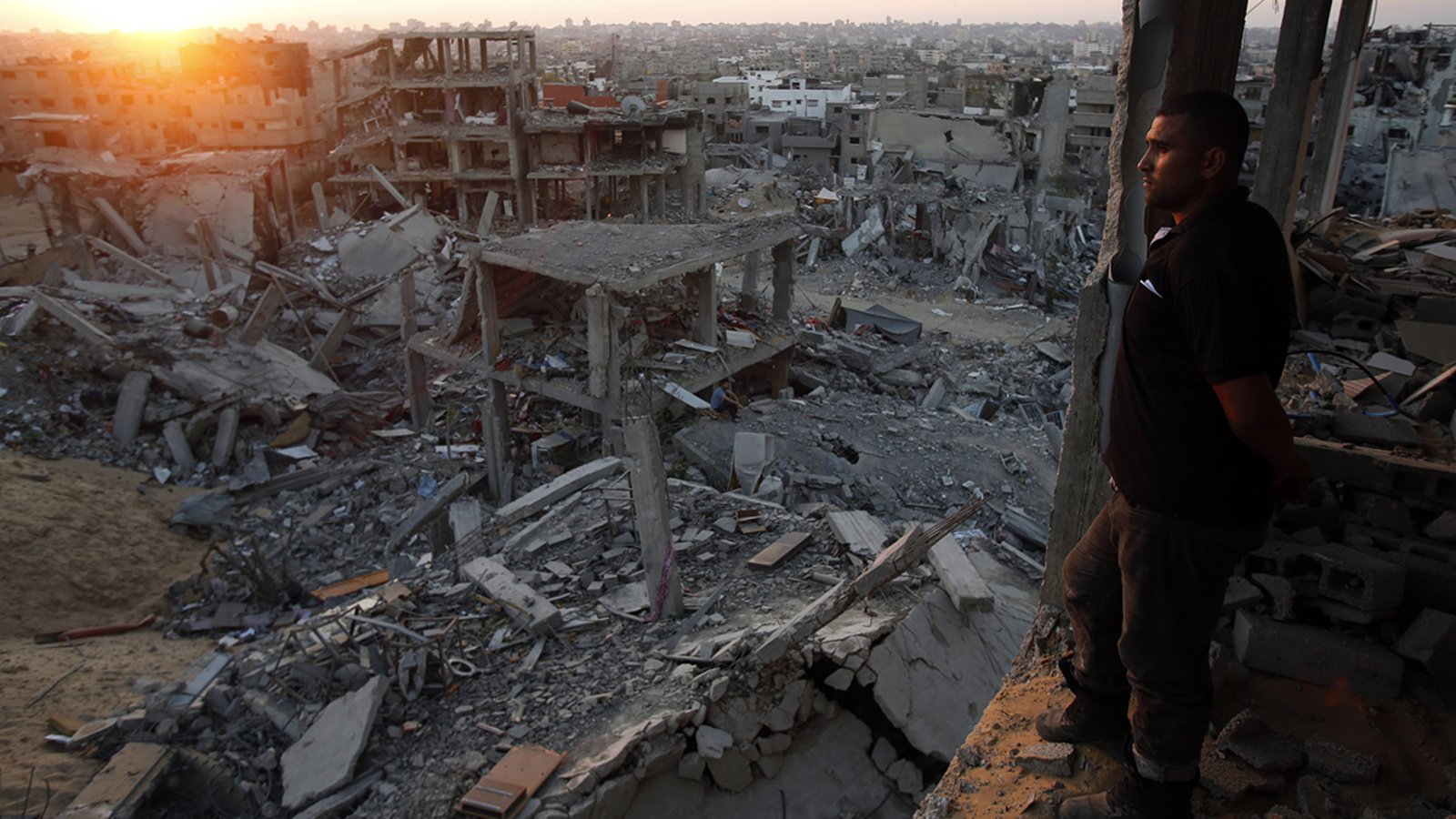Report on Preparations for COP30 and Alignment with Sustainable Development Goals
Introduction: The Urgency of COP30 for SDG 13
The international community is preparing for the 30th United Nations Climate Change Conference (COP30), to be held in Belem, Brazil. This summit occurs at a critical juncture, with record-breaking global average temperatures underscoring the urgent need for accelerated progress on Sustainable Development Goal 13 (Climate Action). However, the path to COP30 is marked by significant challenges, including strained financial resources and geopolitical uncertainties that threaten global climate cooperation. The selection of a city in the Amazon region for the summit also brings focus to the interconnectedness of climate action with the preservation of vital ecosystems, as outlined in SDG 15 (Life on Land).
Challenges in Pre-Summit Negotiations
Recent preparatory meetings have highlighted the difficulties in building consensus ahead of the main conference. According to a statement from the UN Framework Convention on Climate Change (UNFCCC) Executive Secretary, Simon Stiell, the outcomes of the Bonn Climate Change Conference (SB62) in June were considered unsatisfactory by multiple parties. This limited progress serves to increase the pressure on the COP30 negotiations.
Key challenges impacting progress towards global climate goals include:
- Unsatisfactory outcomes from intersessional negotiations, indicating a lack of consensus.
- Strained international cooperation, which hampers the collective spirit required for SDG 17 (Partnerships for the Goals).
- Insufficient resources allocated to address the scale of the ongoing climate crisis.
Strategic Imperatives and Expectations for COP30
The UNFCCC has emphasized that the limited progress in Bonn underscores the necessity for decisive action from all sectors of society at COP30. The summit is positioned as a critical opportunity for nations to demonstrate renewed commitment to the Paris Agreement and the Sustainable Development Goals.
Expectations for all participating countries at COP30 include:
- Enhanced National Climate Plans: Countries must respond to the climate crisis with stronger national commitments and plans that align with the targets of SDG 13.
- Robust Finance Commitments: Mobilizing financial resources is essential for mitigation and adaptation efforts, forming a cornerstone of effective global partnerships as envisioned in SDG 17.
- Tangible Progress in the Real Economy: The conference must catalyze measurable progress in key economic sectors to ensure climate commitments are translated into concrete action.
Indonesia’s Role in Advancing SDG 7 and SDG 13
The UNFCCC has identified Indonesia as a nation with a crucial role in the global climate response. Specifically, Indonesia is positioned to make a significant impact by driving forward the energy transition. This contribution is vital not only for the nation’s own sustainable development but also for the global effort to achieve SDG 7 (Affordable and Clean Energy). By accelerating its energy transition, Indonesia can provide a powerful example and contribute directly to the overarching objective of SDG 13 (Climate Action).
1. Which SDGs are addressed or connected to the issues highlighted in the article?
-
SDG 13: Climate Action
- The article is centered on the “climate crisis,” mentioning “global average temperatures have continued to break records” and the need for “climate mitigation and adaptation.” It discusses the “30th United Nations Climate Change Conference, or COP30,” which is the primary international forum for addressing climate change.
-
SDG 17: Partnerships for the Goals
- The article highlights the importance of “global climate cooperation” through mechanisms like the “UN Framework Convention on Climate Change (UNFCCC)” and the “Paris Agreement.” The discussion of the upcoming “COP30” summit in Brazil and the challenges in negotiations underscore the theme of international partnerships.
-
SDG 7: Affordable and Clean Energy
- The article specifically mentions the role of countries like Indonesia in the global effort, stating that “Indonesia has a crucial role to play in driving the energy transition forward faster.” The “energy transition” is a core component of achieving affordable and clean energy.
2. What specific targets under those SDGs can be identified based on the article’s content?
-
SDG 13: Climate Action
- Target 13.2: Integrate climate change measures into national policies, strategies and planning. This is identified through the call for countries to respond with “stronger national plans” at COP30.
- Target 13.a: Implement the commitment undertaken by developed-country parties to the United Nations Framework Convention on Climate Change to address the needs of developing countries. This is referenced by the mention of the need for “finance commitments” to deal with the crisis amid “strained resources.”
-
SDG 17: Partnerships for the Goals
- Target 17.16: Enhance the Global Partnership for Sustainable Development. The entire article, focusing on the UNFCCC, COP30, and “global climate cooperation,” directly relates to this target of mobilizing international partnerships.
- Target 17.17: Encourage and promote effective public, public-private and civil society partnerships. This is supported by the statement that “it’s time for action from every sector of society,” implying a need for broad, multi-stakeholder collaboration.
-
SDG 7: Affordable and Clean Energy
- Target 7.a: Enhance international cooperation to facilitate access to clean energy research and technology… and promote investment in energy infrastructure and clean energy technology. This is implied by the statement that Indonesia’s role is to help “in driving the energy transition forward faster,” a process that requires international cooperation and investment.
3. Are there any indicators mentioned or implied in the article that can be used to measure progress towards the identified targets?
- Global average temperatures: The article explicitly mentions that “global average temperatures have continued to break records,” which serves as a direct indicator of the escalating climate crisis (relevant to SDG 13).
- Strength of national climate plans: The call for “stronger national plans” implies that the content and ambition of these plans are a key metric for measuring progress towards Target 13.2.
- Financial commitments: The mention of the need for “finance commitments” suggests that the amount of climate finance pledged and delivered is a critical indicator for measuring progress on Target 13.a.
- Adherence to international agreements: The article points to the “United States pulling out of the Paris Agreement” as a negative event, implying that participation and commitment to such agreements are an indicator of the health of global cooperation (relevant to SDG 17).
- Pace of the energy transition: The call to drive the “energy transition forward faster” suggests that the speed of shifting to cleaner energy sources is an implied indicator of progress towards SDG 7.
4. Table of SDGs, Targets, and Indicators
| SDGs | Targets | Indicators |
|---|---|---|
| SDG 13: Climate Action |
|
|
| SDG 17: Partnerships for the Goals |
|
|
| SDG 7: Affordable and Clean Energy |
|
|
Source: thejakartapost.com







